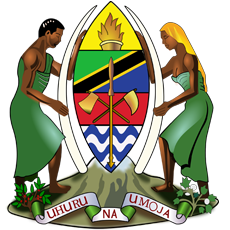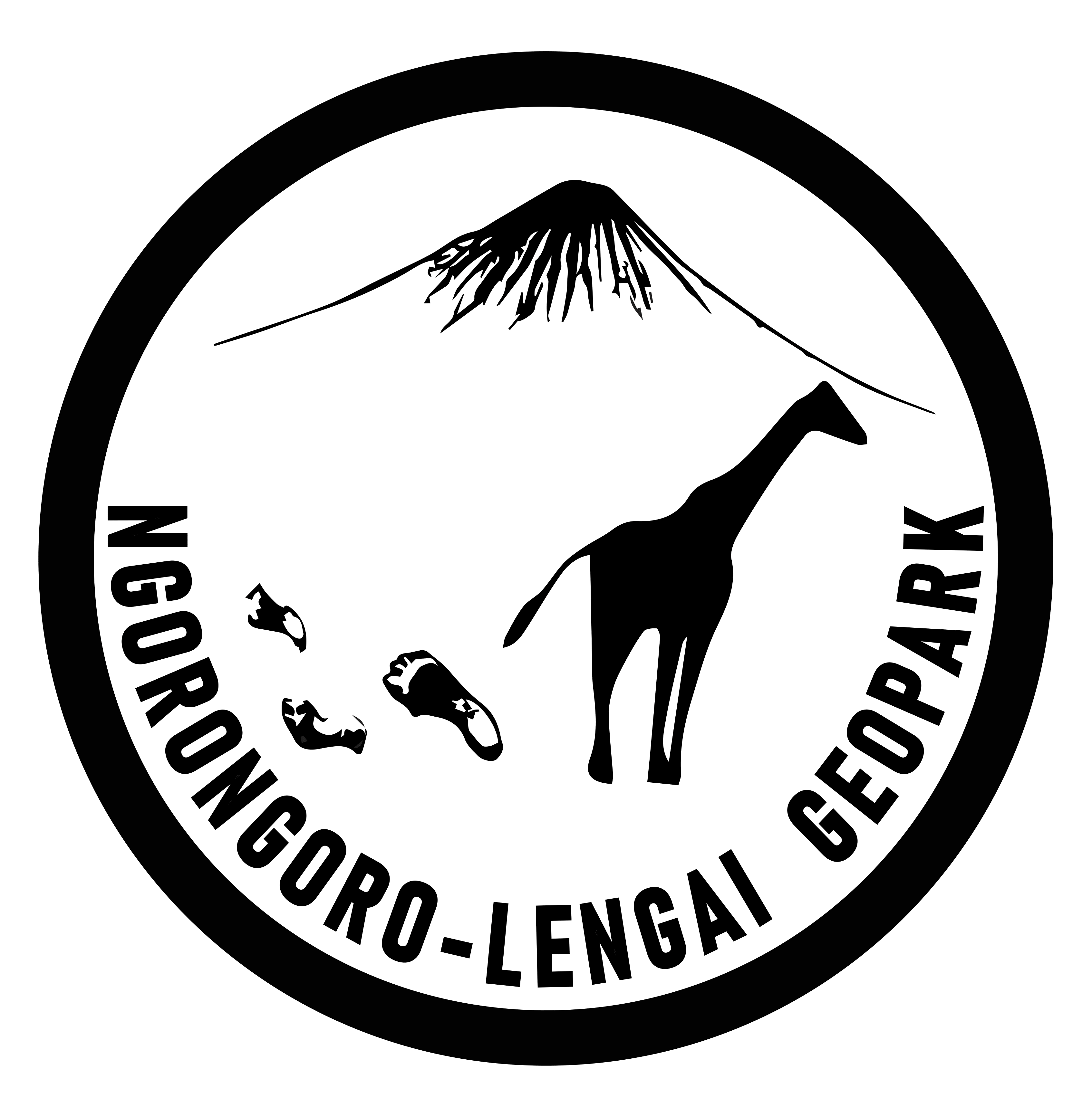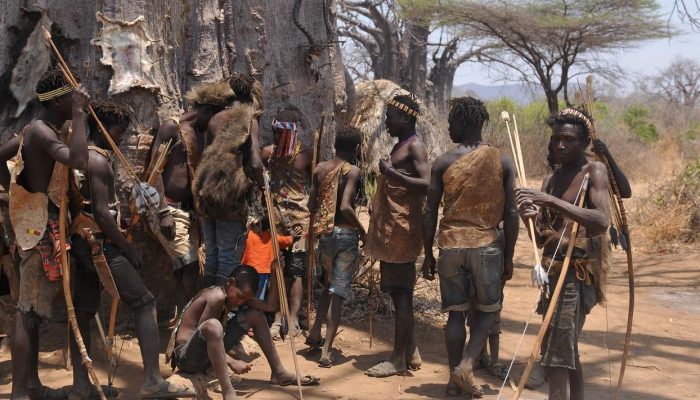Follow us
- Home
- About UsThe Organization
- NCA & NCAA
- Conservation
- TourismAttractions and Activities
- Cultural Heritage
- Geopark
- Community

The United Republic of Tanzania
NGORONGORO CONSERVATION AREA AUTHORITY

Follow us
- Home
- About UsThe Organization
- NCA & NCAA
- Conservation
- TourismAttractions and Activities
- Cultural Heritage
- Geopark
- Community
- Home
- About UsThe Organization
- NCA & NCAA
- Conservation
- TourismAttractions and Activities
- Cultural Heritage
- Geopark
- Community
Ngorongoro Crater
Overview
The Ngorongoro Crater is the world's largest intact and unfilled volcanic caldera and the Ngorongoro Conservation Area's main tourists’ attraction. It is the largest and most scenic crater in the Ngorongoro Conservation Area, with a large concentration of wildlife. It is also one of Africa's Seven Natural Wonders due to its breathtaking natural features. The Ngorongoro Crater is known as a home to over 25,000 animals, including the big five; elephants, buffaloes, rhinos, lions and leopards.
Other animals found in this crater include hippos, hyenas, warthogs, zebras, elands, gazelles, wildebeests, just to name a few. This makes Ngorongoro Crater probably the best site in Tanzania to spot and watch the big five as well as other wild species more easily.
2.5M
YEARS AGO (FORMED)
260 ㎢
COVERED AREA
20 ㎢
DIAMETER
610 m
CALDERA DEPTH
25,000+
ANIMALS
More on the Crater
The crater rim and its floor provide the best viewing and photographing opportunities. History records that the crater was the ideal spot on the planet where humans and nature interacted more closely than anywhere else; and today, one can actually glance at the settlements and cemeteries of the area’s earliest occupants.
Geological records show that the cone of the volcanic caldera collapse inwards, forming what is currently known as a crater. The site is named after a Maasai phrase, ‘orgirra le kkorongorro,’ which means “Big Bowl.” Earlier documentation of the area misspelled the word ‘kkorongorro’ into today’s Ngorongoro with its intricate depth ‘caldera/crater,’ resulting in Ngorongoro Crater.
Map
The Ngorongoro Crater is a peculiar geographical feature with diverse habitats such as grasslands, swamps, rivers, and woodlands; making it uniquely abundant in wildlife and vegetation. It is a natural formation that allows animals to freely wander in and out throughout the year and is well-known for being a better place where local and international tourists can interestingly observe wildlife behavior more easily than any other place.
Geologically, the Ngorongoro Crater was formed approximately 2.5 million years ago when a massive volcano (nearly the size of the present-day Mt. Kilimanjaro) burst and collapsed as a result of continuous tectonic activities and movements. The area covers almost 260 square kilometers, has a diameter of approximately 20 kilometers, and is a massive volcanic caldera that collapsed to a depth of 610 meters.
- Vast wildlife species including ‘The Big Five’, grasslands, swamps, rivers, and woodlands
- Game Drive, Filming, Photographic Safaris, Birdwatching, Nature walks, Bush dining, Sun downing
Photo Gallery
Got a Question?
F.A.Q's
All year round the Ngorongoro Crater is accessible due to good road condition and
abundance of wildlife all time of the year.
In the Ngorongoro Crater you can see abundance of wildlife with of 25,000 wild
animals include the big five such as Elephant, Buffalo, Rhino, Lion and Leopard.
Only four-wheel drive vehicle is allowed to enter to the Ngorongoro Crater
Is not allowed to do walking safari inside the Ngorongoro Crater but on the rim of
the Ngorongoro crater and other areas is allowed.
Yes, there is several accommodation services include Simba A public Campsite,
Lodges and Special Campsites within the Ngorongoro Crater rim and nearby.
EXPERIENCE | EXPLORE | LEARN
OTHER ATTRACTIONS
The Ngorongoro Crater is the world's largest intact and unfilled volcanic caldera and the Ngorongoro Conservation Area's main tourists’ attraction.
The Olduvai Gorge is a remarkable archaeological site in East Africa and It is the one of the most important prehistoric sites in the world with crucial evidence of human evolution.
The Empakai crater is one of the multi-volcanic calderas in the Ngorongoro Conservation Area, with a beautiful lake that makes up more than 75% of its crater floor.
The Nasera rock is situated about 20 kilometers North of Olduvai Gorge. An admirable rock standing 100 metres above the plains.
The Olduvai Gorge Museum is an onsite museum built next to the most famous archaeological site in East Africa. It is situated six kilometers from the main road junction where the Zinjanthropus monument stands on the way to Serengeti National Park.
The Endoro Waterfalls is a source of a natural spring that forms the Endoro River, which flows from the rim of the Ngorongoro Crater.
The Olkarien Gorge is a massive granite monolith on the outskirts of the Gol Mountains in northern Tanzania.It is a nesting site for hundreds of the Ruppell's griffon vulture.
Olmoti Crater is situated at the Northern end of the Ngorongoro Crater, and offers scenic view of highlands. It is a water a catchment for Ngorongoro rich in flora and fauna.
Laetoli is one of Africa's most important paleontological site with evidence of early human bipedalism dating back 3.76 mya.
Is a moving black dune, composed of volcanic ash from the nearby volcanic mountain - oldoinyo lengai. It is moving slowly westwards across the Ngorongoro plains at a rate of about 15 to 20m per year.
Mount Lolmalasin is the crater mountain in the Ngorongoro Conservation Area and the third highest mountain in Tanzania standing at 3700m above sea level.
The Gol Mountains are located at the north-end of the Ngorongoro Conservation Area and is an example of a fault-bounded mountain range.
The Ndutu plains is located in the Ngorongoro Conservation Area, on the outskirts of the Southern Serengeti plains. It is where the great migration wildebeest migration take place in Ngorongoro.
Quick Links
GIVE US YOUR FEEDBACK
what is your experience at NCAA
FAST RESPONSE
chat with our representative
TARIFFS
entry fee, motor vehicle, crater fee etc
GIVE US YOUR FEEDBACK
what is your experience at NCAA
FAST RESPONSE
chat with our representative




- COVID 19 POLICY & GUIDELINE





